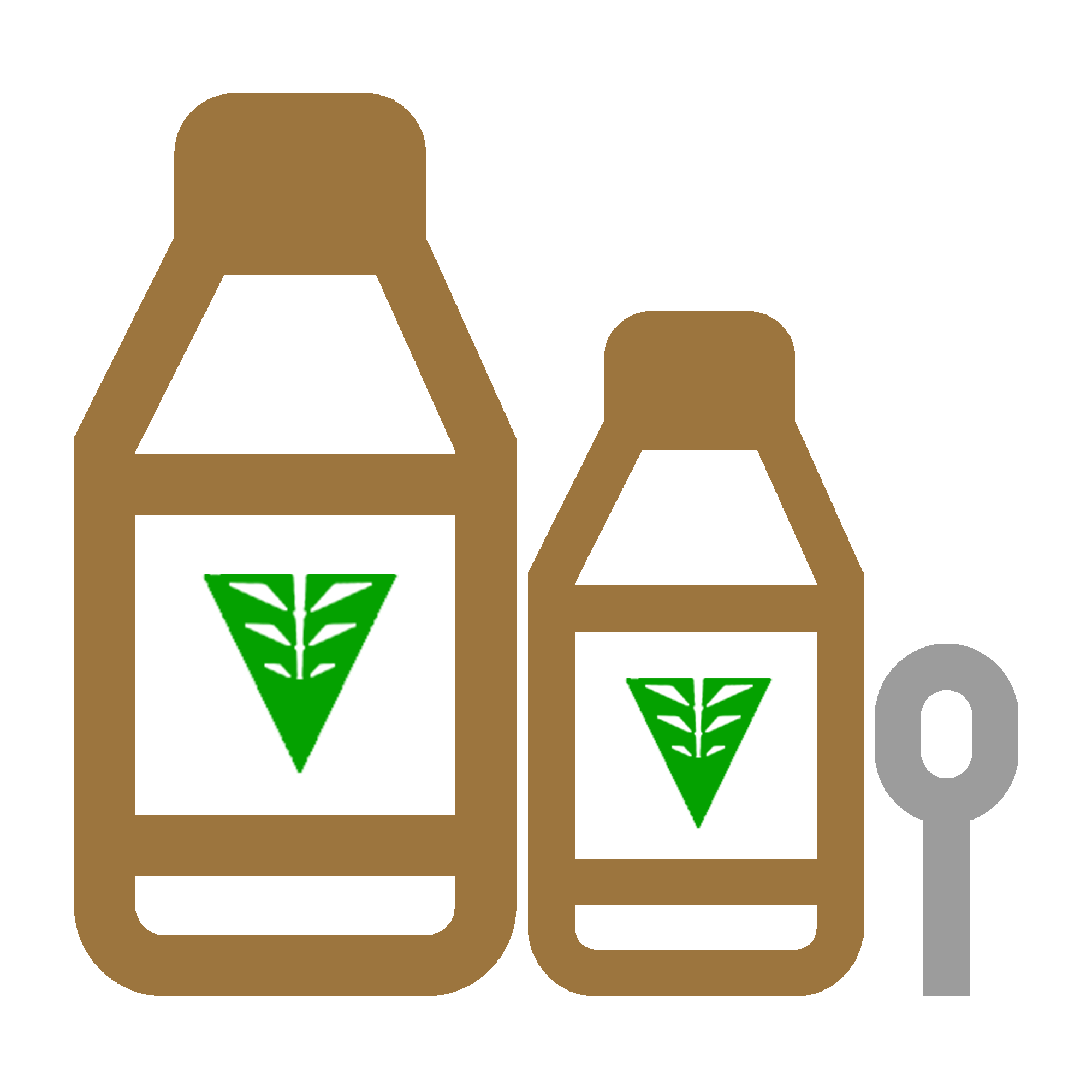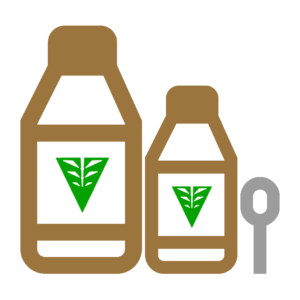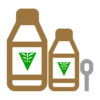CrampShield Tonic 💪 Anti-Cramp Herbal Tonic – Natural Nighttime Support for Muscle Spasms & Leg Cramps
Relieve and prevent nighttime leg cramps naturally with our Anti-Cramp Herbal Tonic. Includes cramp bark, valerian, black cohosh & more. Use with Cramp Cream for max effect.
🌿 Product Highlights:
- Powerful Herbal Formula: Contains some of nature’s strongest anti-spasm herbs:
- Cramp Bark, Valerian, Black Cohosh
- Prickly Ash, Boneset, Ginger
- Cassia Tora, Ginkgo, Hart’s Tongue Fern
- Natural Muscle Relaxant: Supports restful sleep and cramp-free nights
- Dual Action Approach: For best results, combine with Cramp Cream/Lotion for topical relief
- Suggested Use: Take 5–10ml before bed. Massage Cramp Lotion into legs for enhanced support
🧘♀️ Real Relief, Real Stories
One user, Lynn, shared her story of intense leg cramps that led to blackouts from pain. After starting this two-product routine (tonic + lotion), she now experiences lasting relief and prevention. She also complements it with magnesium glycinate and avoids diuretic drinks — recommending ABC Herbal Powder as her preferred natural electrolyte source.
🔍 Why It Works
The herbs in this formula are known for:
- Reducing nerve hypersensitivity and muscle contraction
- Improving blood flow and circulation
- Soothing inflammation and relaxing muscles
💡 Wellness Tip:
Support your system by ensuring adequate magnesium intake and staying hydrated with natural electrolytes. Magnesium is essential for many body functions, and several foods are excellent sources of this vital mineral.
Here are some of the foods richest in magnesium:
1. Nuts and Seeds
Pumpkin seeds: 150 mg per ounce (37% of the daily value, DV)
Almonds: 80 mg per ounce (19% DV)
Cashews: 74 mg per ounce (18% DV)
Chia seeds: 95 mg per ounce (23% DV)
Sunflower seeds: 37 mg per ounce (9% DV)
2. Leafy Greens
Spinach (cooked): 157 mg per cup (37% DV)
Swiss chard (cooked): 150 mg per cup (36% DV)
Kale: 23 mg per cup (6% DV)
3. Whole Grains
Quinoa: 118 mg per cooked cup (28% DV)
Brown rice: 86 mg per cooked cup (20% DV)
Oats: 57 mg per half-cup dry (14% DV)
4. Legumes
Black beans: 120 mg per cooked cup (28% DV)
Lentils: 71 mg per cooked cup (17% DV)
Edamame: 99 mg per cooked cup (24% DV)
5. Fish
Mackerel: 82 mg per 3 ounces (20% DV)
Salmon: 26 mg per 3 ounces (6% DV)
6. Dairy and Alternatives
Fortified non-dairy milk: 27–60 mg per cup
Yogurt: 19 mg per 6 ounces (5% DV)
7. Fruits
Avocados: 58 mg per fruit (14% DV)
Bananas: 32 mg per medium banana (8% DV)
8. Dark Chocolate
Contains about 64 mg per ounce (15% DV)
9. Tofu
53 mg per half-cup (13% DV)
Incorporating a variety of these foods into your diet can help ensure adequate magnesium intake.
For more info relating to CrampShield Tonic, click here.




